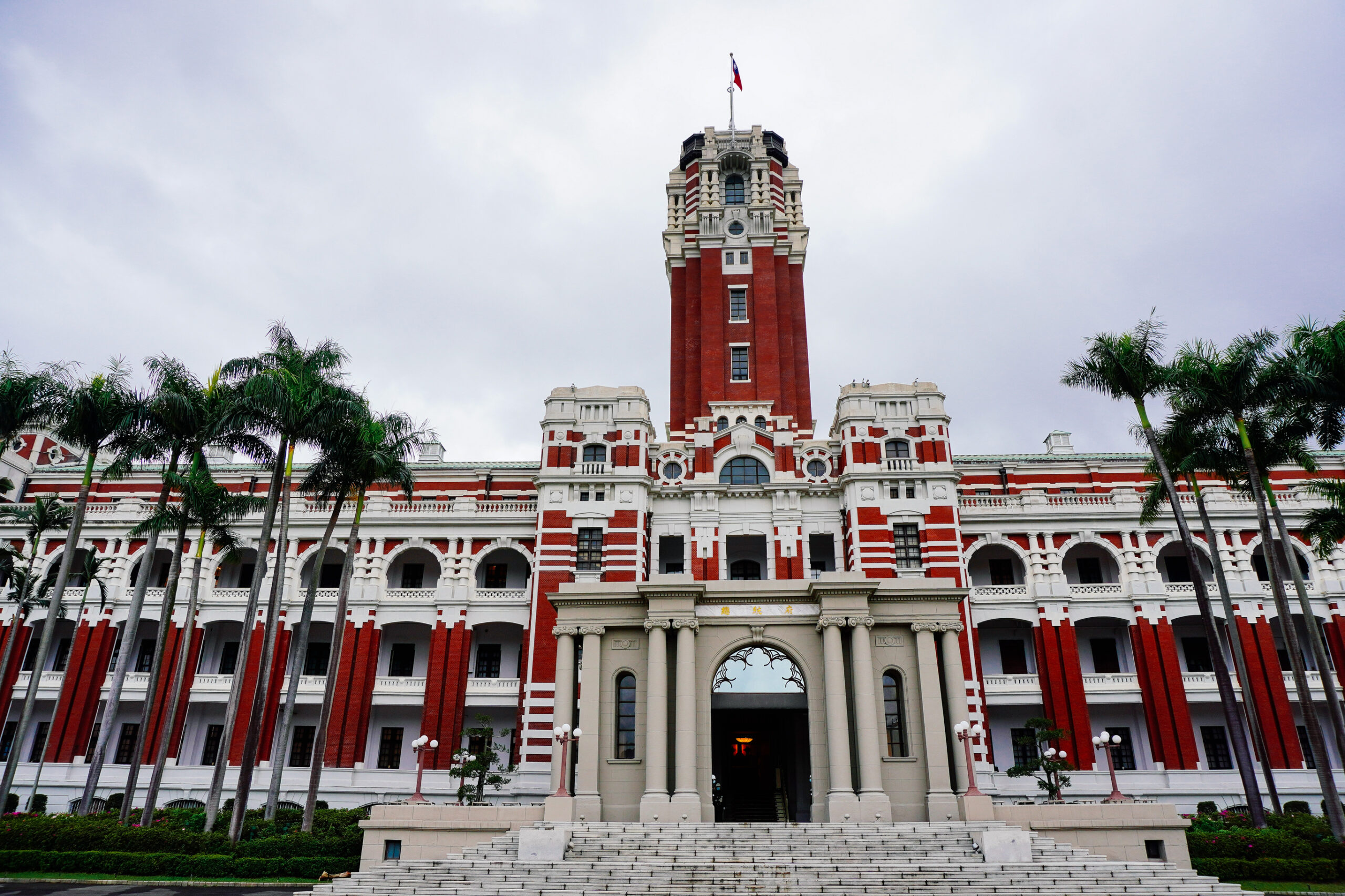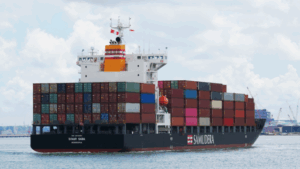Chinese authorities have seized 4.5 tonnes of various drugs in their efforts to combat narcotics at border ports in the first half of this year, leading to the arrest of 381 criminal suspects, the National Immigration Administration (NIA) announced on Tuesday.
As of Monday, these operations have successfully cracked 284 such drug-related cases, with 59 cases involving drugs weighing over 10,000 grams each.
The NIA has ramped up its crackdown on drug-related crime in border areas, with a particular emphasis on stemming drug inflows.
It plans to further implement measures to bolster anti-drug enforcement.
These include stepping up investigations into violations, tightening control at border ports, targeting drug-trafficking rings and networks, including their leaders, and enhancing law enforcement cooperation with various countries and regions.
“We should make every effort to curb the infiltration and inflow of narcotics from abroad, and resolutely build a solid line of defense against narcotics at borders and ports,” NIA reported, adding that the authorities “have the courage to take responsibility, stick to the front line of anti-drug at the border and ports day and night.”
China recorded a steady growth in waterway freight volume in first five months of 2024, the Ministry of Transport said Wednesday.
From January to May, approximately 3.9 billion tonnes of cargo was transported via waterways across the country, marking a 7 percent increase year on year, said Vice Minister Fu Xuyin at a press conference.
Container throughput at ports nationwide exceeded 130 million twenty-foot equivalent units (TEUs) during the period, up 8.8 percent from a year earlier, Fu said.
Fu added that building “smart ports” is a top priority for China’s waterway transport development, with efforts underway to accelerate the automation of various port facilities. Currently, the country has set up 21 container ports and 28 dry bulk ports that operate automatically.
During the first five months of this year, the country’s fixed-asset investment in waterway transport reached 78.6 billion yuan (about 11.1 billion U.S. dollars), increasing 7.2 percent year on year and remaining at a high level, he said.
The investment has funded major infrastructure projects such as the Pinglu Canal, which is expected to strengthen connectivity between south China’s Guangxi Zhuang Autonomous Region and Southeast Asian countries, according to the vice minister.
China’s waterway freight volume hit an annual record high of about 9.4 billion tonnes in 2023, data from the transport ministry showed.



